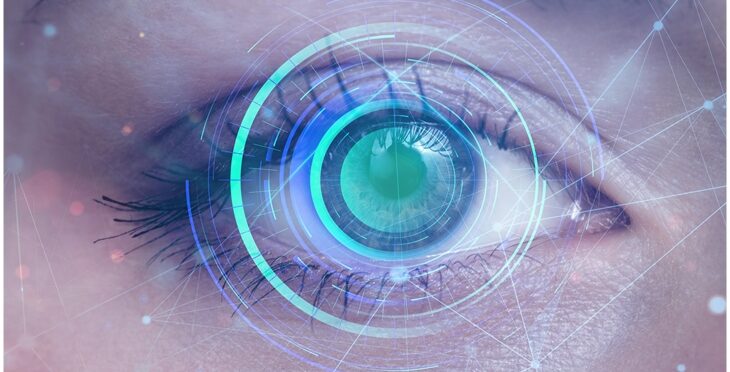Regional Glaucoma Service Near Me: Trusted Specialists for Eye Wellness
The Duty of Advanced Diagnostic Tools in Identifying Eye Disorders
In the realm of ophthalmology, the utilization of innovative diagnostic devices has changed the very early recognition and management of different eye disorders. As the demand for exact and timely medical diagnoses continues to expand, the assimilation of sophisticated devices like optical coherence tomography and aesthetic field testing has become vital in the realm of eye care.
Importance of Very Early Medical Diagnosis
Very early medical diagnosis plays an essential role in the effective monitoring and therapy of eye conditions. By spotting eye disorders at an early phase, health care carriers can use proper treatment strategies tailored to the specific condition, inevitably leading to far better end results for people.

Modern Technology for Identifying Glaucoma
Sophisticated diagnostic modern technologies play a critical duty in the very early discovery and monitoring of glaucoma, a leading source of irreversible loss of sight worldwide. One such modern technology is optical comprehensibility tomography (OCT), which supplies thorough cross-sectional images of the retina, permitting the measurement of retinal nerve fiber layer thickness. This measurement is vital in examining damage triggered by glaucoma. One more advanced device is aesthetic area screening, which maps the level of sensitivity of a patient's visual field, assisting to discover any areas of vision loss characteristic of glaucoma. In addition, tonometry is used to determine intraocular pressure, a significant threat aspect for glaucoma. This examination is important as raised intraocular stress can lead to optic nerve damage. Newer innovations like the usage of artificial knowledge algorithms in assessing imaging information are revealing appealing results in the very early discovery of glaucoma. These innovative diagnostic tools allow ophthalmologists to diagnose glaucoma in its beginning, permitting prompt intervention and much better monitoring of the illness to avoid vision loss.
Function of Optical Comprehensibility Tomography

OCT's capacity to measure retinal nerve fiber layer thickness permits precise and objective measurements, aiding in the very early detection of glaucoma even prior to visual field problems end up being obvious. Moreover, OCT technology permits longitudinal monitoring of structural adjustments in time, promoting tailored treatment plans and timely interventions to assist maintain patients' vision. The non-invasive nature of OCT imaging likewise makes it a favored choice for monitoring glaucoma development, as it can why not check here be repeated on a regular basis without triggering pain to the patient. In general, OCT plays a crucial role in improving the analysis precision and administration of glaucoma, eventually adding to better results for individuals at risk of vision loss.
Enhancing Diagnosis With Visual Field Screening
An important part in comprehensive ocular analyses, visual field screening plays a critical duty in boosting the diagnostic procedure for numerous eye disorders. By click now examining the complete degree of a patient's visual area, this test provides essential details regarding the useful honesty of the whole visual pathway, from the retina to the visual cortex.
Aesthetic area testing is specifically valuable in the diagnosis and administration of problems such as glaucoma, optic nerve problems, and different neurological illness that can influence vision. Via measurable dimensions of peripheral and central vision, medical professionals can find refined changes that may indicate the presence or development of these problems, even prior to noticeable signs and symptoms occur.
Moreover, visual area screening enables the monitoring of treatment efficacy, helping ophthalmologists tailor restorative interventions to private clients. why not check here eyecare near me. By tracking changes in visual area performance with time, health care service providers can make educated decisions concerning changing medications, recommending medical treatments, or implementing other proper steps to preserve or improve a client's aesthetic feature
Handling Macular Degeneration

Verdict
In conclusion, progressed diagnostic tools play a crucial duty in recognizing eye conditions early on. Technologies such as Optical Comprehensibility Tomography and aesthetic field testing have actually greatly boosted the precision and performance of identifying conditions like glaucoma and macular deterioration.